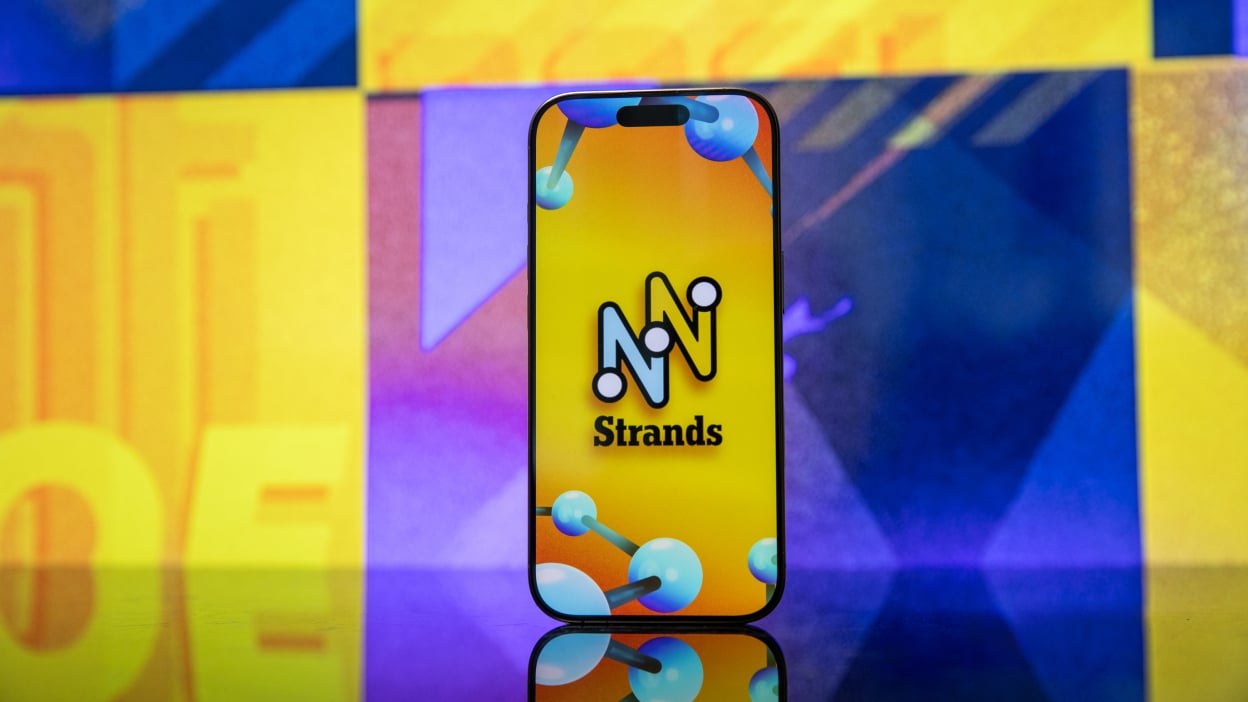
What makes That'S proprietary strands unique? These strands stand out due to their exclusive formulation and advanced technology. Unlike regular materials, they offer superior durability, enhanced flexibility, and unmatched performance. Developed through extensive research, these strands incorporate cutting-edge innovations that set them apart from standard options. Whether used in textiles, construction, or other industries, their versatility and reliability make them a preferred choice. Additionally, their environmental sustainability adds to their appeal, aligning with modern eco-friendly practices. Understanding the distinct features of That'S proprietary strands can help you appreciate their value and potential applications.
What Are Proprietary Strands?
Proprietary strands are unique fibers or threads developed and owned by a specific company or individual. These strands often have special properties or uses that set them apart from standard materials. Let's dive into some fascinating facts about these unique strands.
-
Exclusive Ownership: Proprietary strands are owned by the company or person who developed them. This means they hold exclusive rights to their production and use.
-
Special Properties: These strands often have unique characteristics such as increased strength, flexibility, or resistance to certain elements. For example, some proprietary strands are designed to be fire-resistant or waterproof.
-
Patent Protection: Many proprietary strands are protected by patents. This legal protection prevents others from copying or using the strands without permission, ensuring the creator maintains control over their invention.
How Are Proprietary Strands Created?
Creating proprietary strands involves a combination of scientific research, experimentation, and innovation. The process can be complex and requires a deep understanding of materials science.
-
Research and Development: Developing proprietary strands starts with extensive research. Scientists and engineers study different materials and their properties to determine the best combinations for creating new strands.
-
Experimentation: After research, the next step is experimentation. This involves creating prototypes and testing them to see how they perform under various conditions.
-
Innovation: Innovation is key in creating proprietary strands. This means thinking outside the box and coming up with new ways to combine materials or develop new properties.
Uses of Proprietary Strands
Proprietary strands have a wide range of applications across different industries. Their unique properties make them valuable in various fields.
-
Medical Field: In medicine, proprietary strands are used to create sutures, bandages, and other medical supplies. Their special properties can help improve healing and reduce the risk of infection.
-
Textile Industry: The textile industry uses proprietary strands to create fabrics with unique properties. For example, some fabrics are designed to be more durable, stain-resistant, or comfortable.
-
Technology: In technology, proprietary strands are used in the production of cables, wires, and other components. Their unique properties can improve performance and durability.
Environmental Impact of Proprietary Strands
The development and use of proprietary strands can have both positive and negative impacts on the environment. It's important to consider these factors when evaluating their overall impact.
-
Sustainability: Some proprietary strands are designed to be more sustainable than traditional materials. This means they can be produced with less environmental impact and may be biodegradable or recyclable.
-
Resource Use: The production of proprietary strands can require significant resources, including energy and raw materials. It's important to balance the benefits of these strands with their environmental costs.
-
Waste Reduction: Proprietary strands can help reduce waste in some cases. For example, more durable materials can lead to longer-lasting products, reducing the need for frequent replacements.
The Final Word on Proprietary Strands
Proprietary strands are more than just a buzzword. They represent innovation, uniqueness, and a competitive edge in various industries. From enhancing product performance to ensuring brand differentiation, these specialized strands play a crucial role. Whether in textiles, technology, or even food production, the impact of proprietary strands is undeniable. They offer companies the ability to create products that stand out, meet specific needs, and often provide superior quality. As consumers, understanding the significance of these strands can help us make informed choices. For businesses, investing in proprietary strands can lead to long-term success and customer loyalty. So next time you come across a product boasting proprietary strands, you'll know there's more to it than meets the eye. Keep an eye out for these innovative elements—they're shaping the future in more ways than one.
Was this page helpful?
Our commitment to delivering trustworthy and engaging content is at the heart of what we do. Each fact on our site is contributed by real users like you, bringing a wealth of diverse insights and information. To ensure the highest standards of accuracy and reliability, our dedicated editors meticulously review each submission. This process guarantees that the facts we share are not only fascinating but also credible. Trust in our commitment to quality and authenticity as you explore and learn with us.
